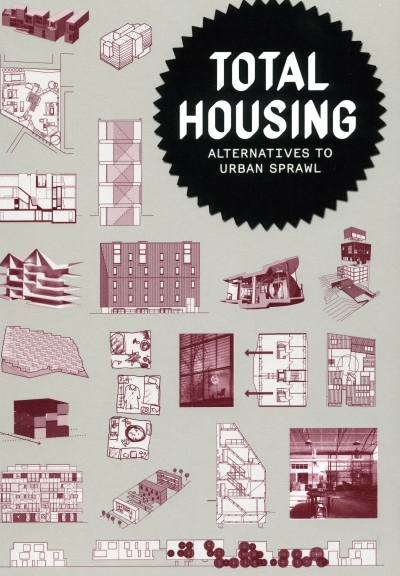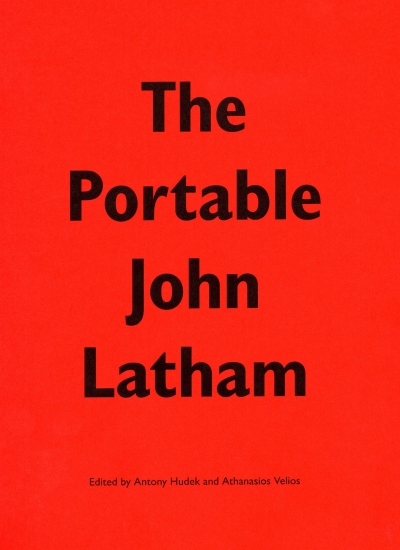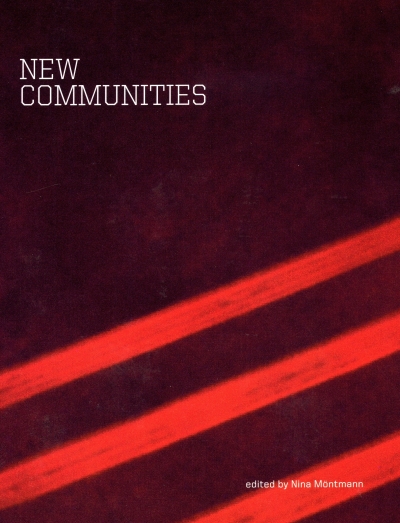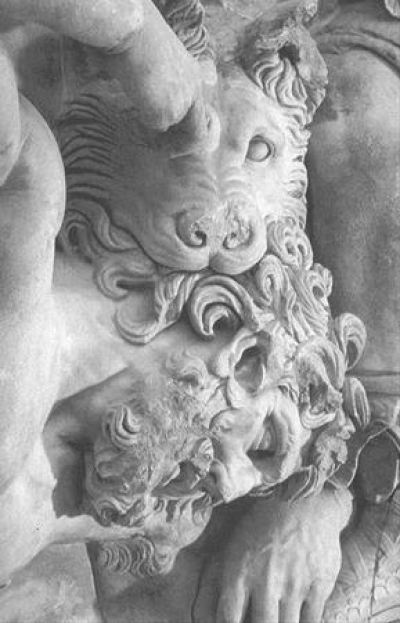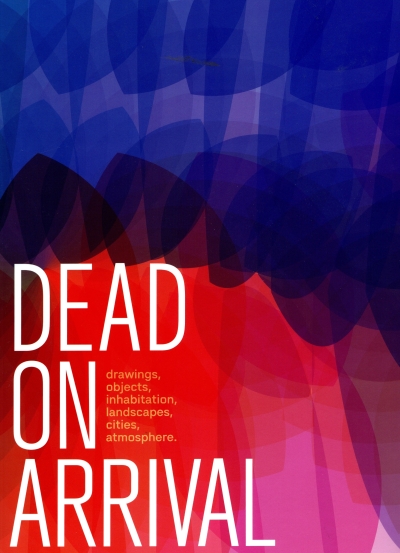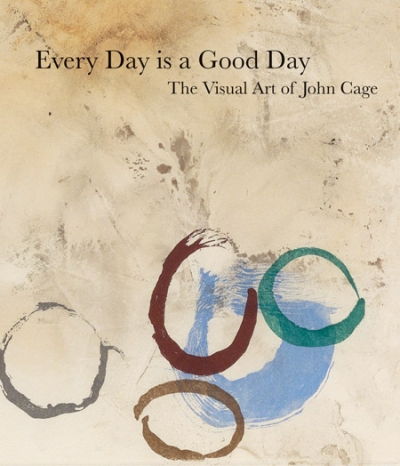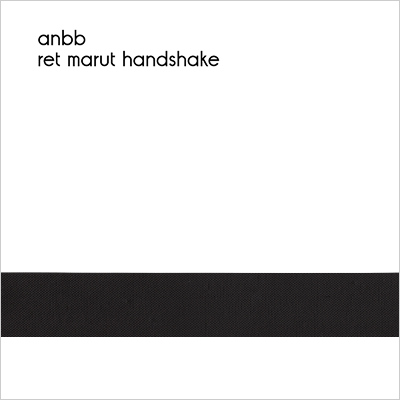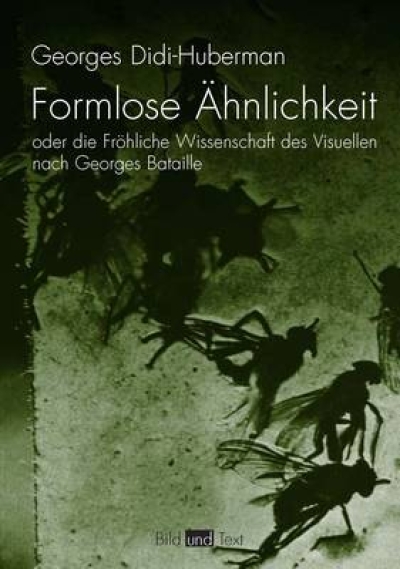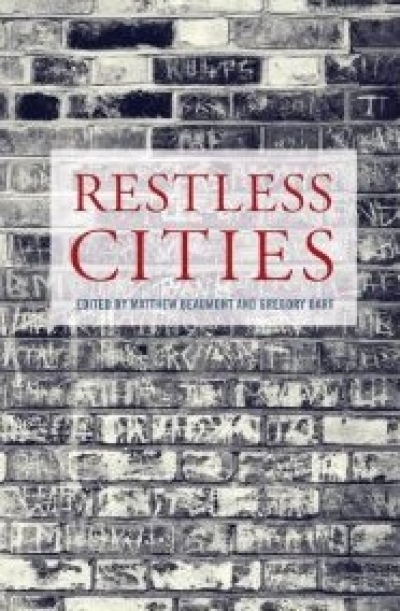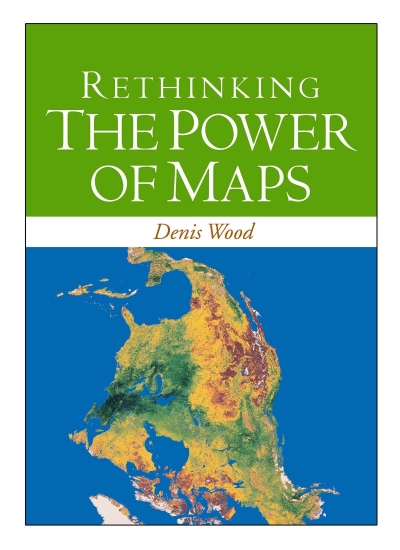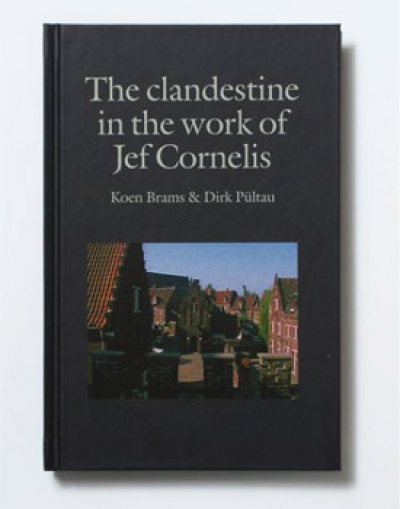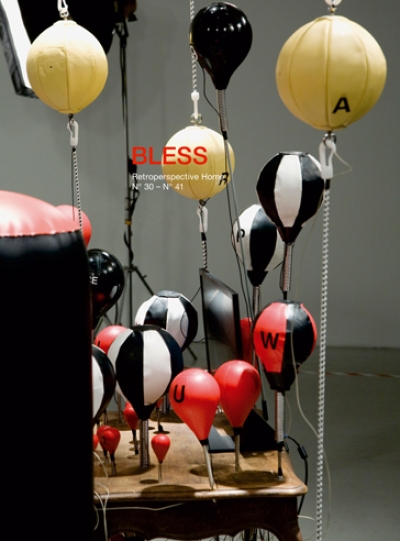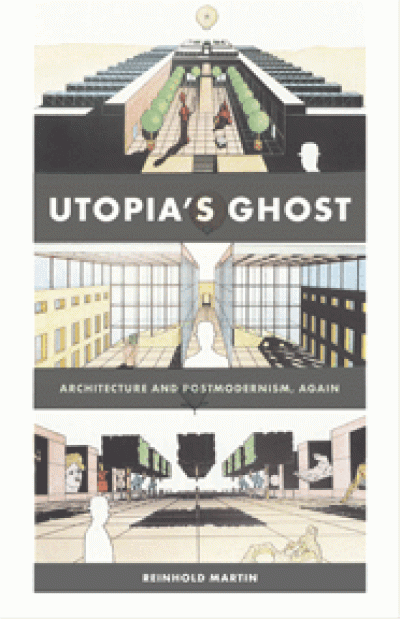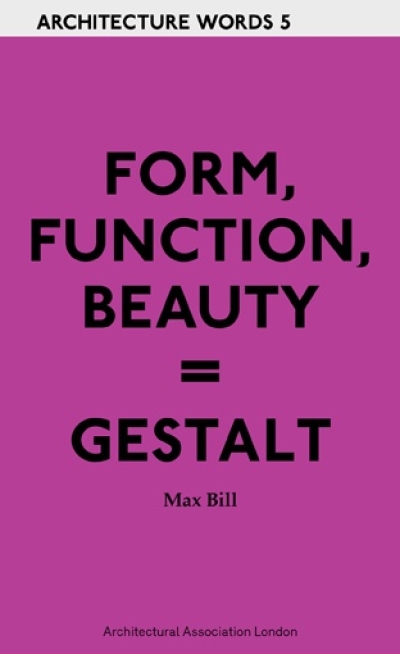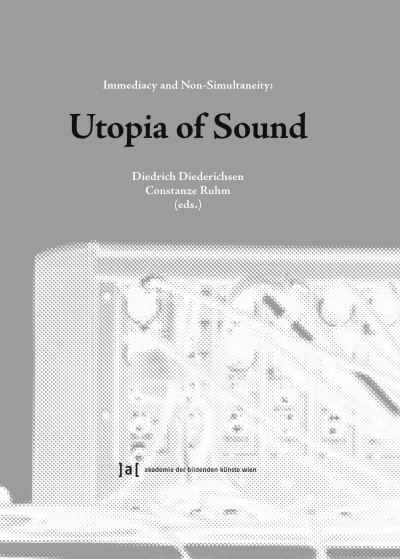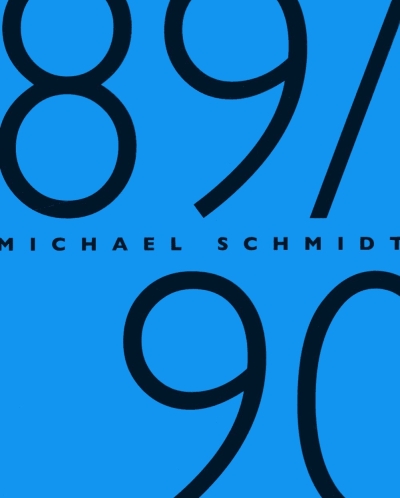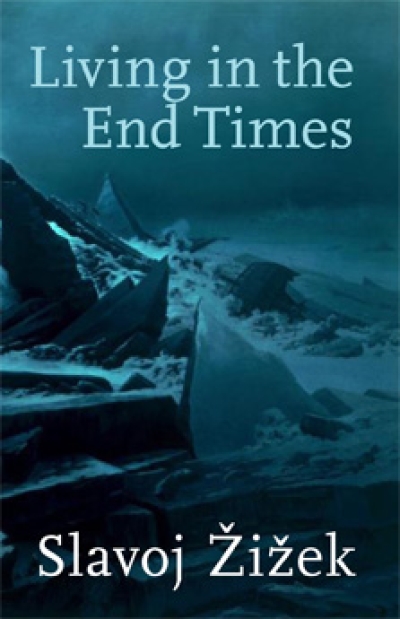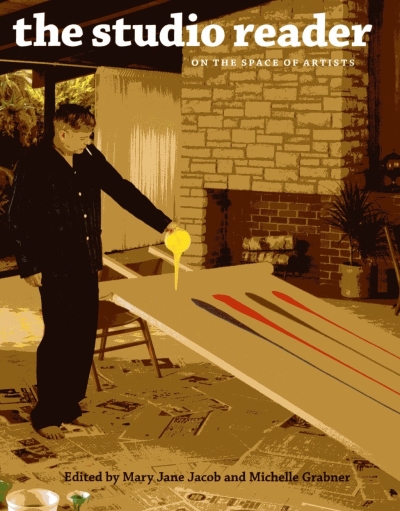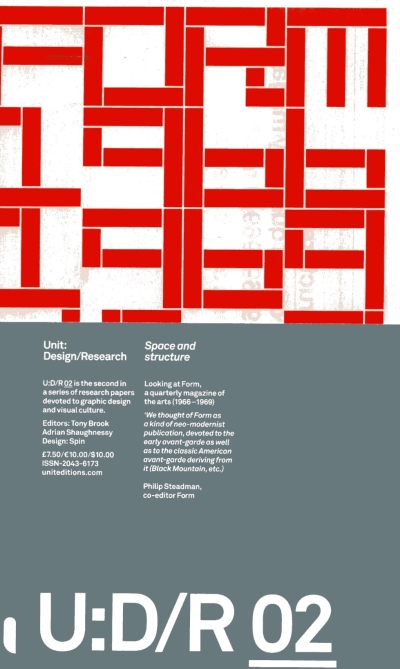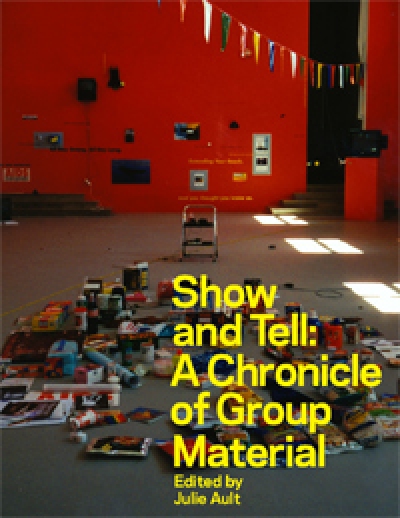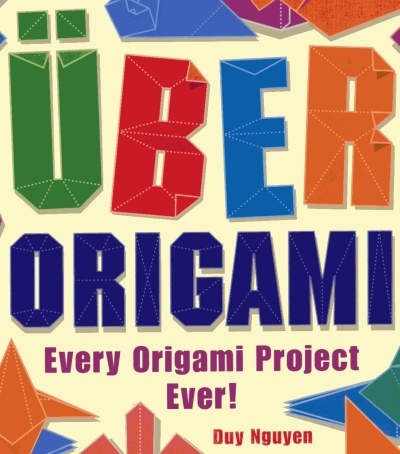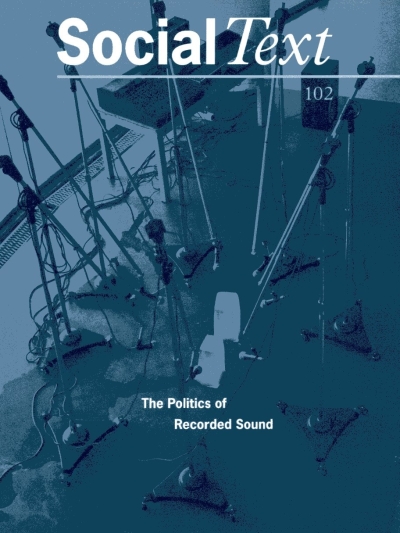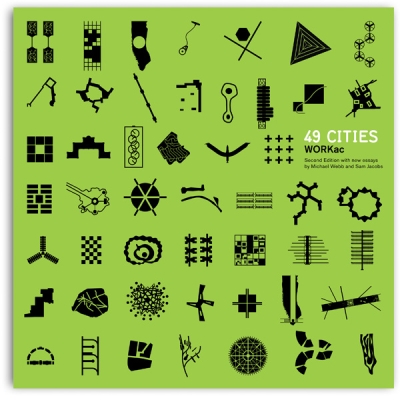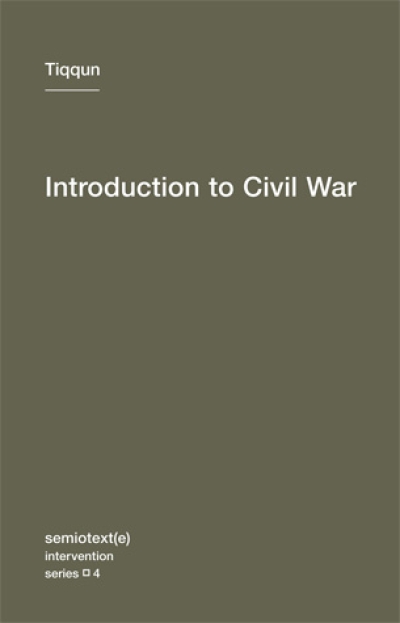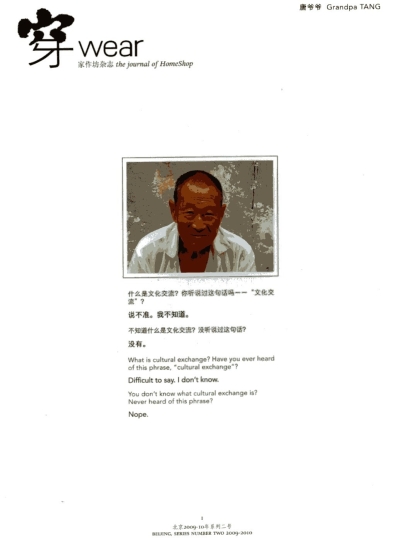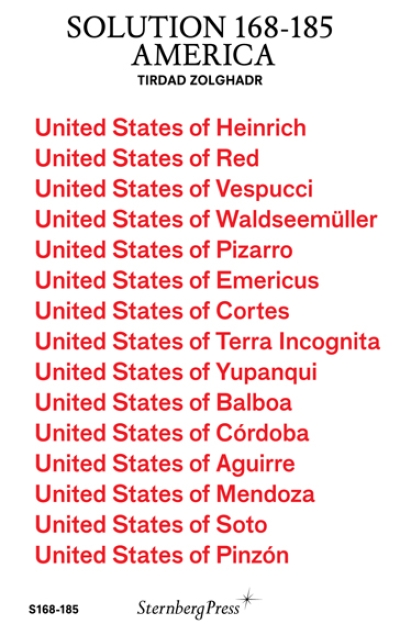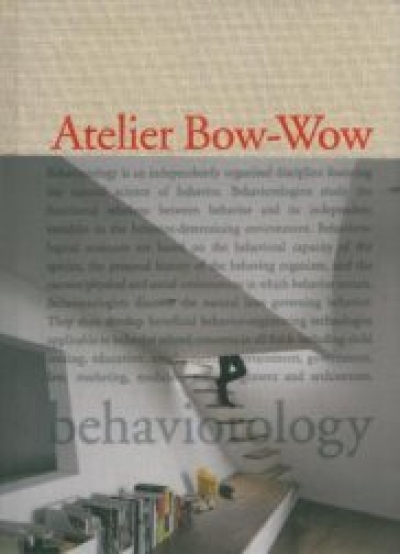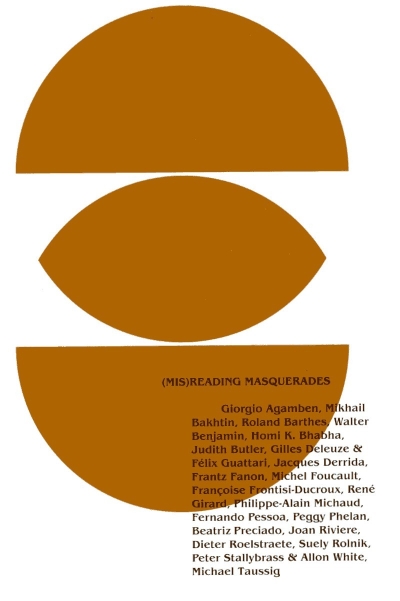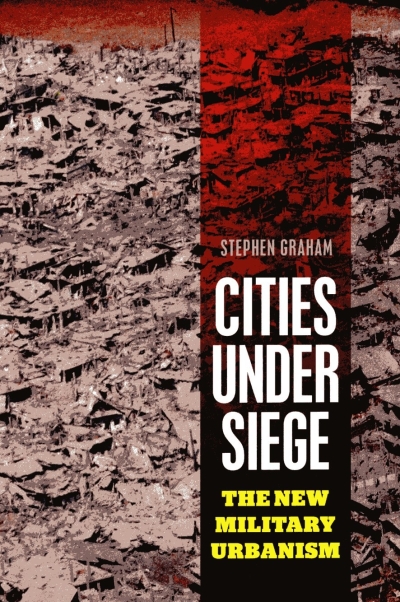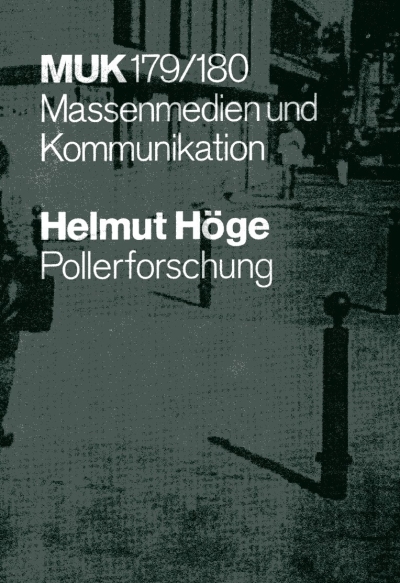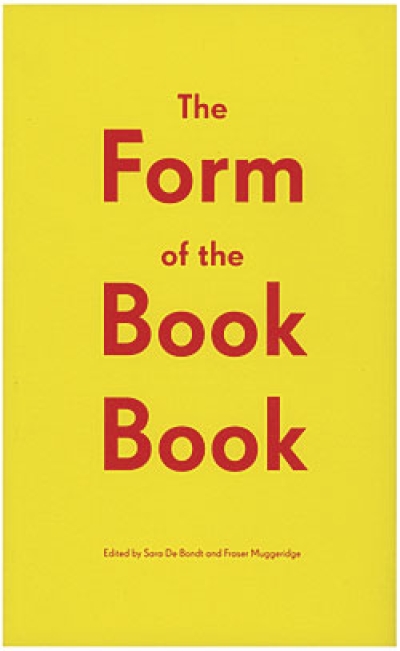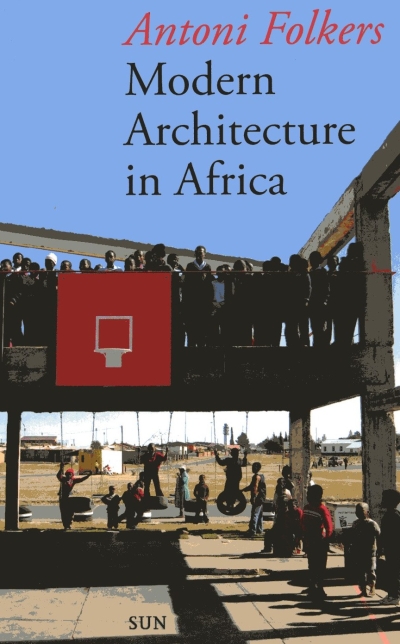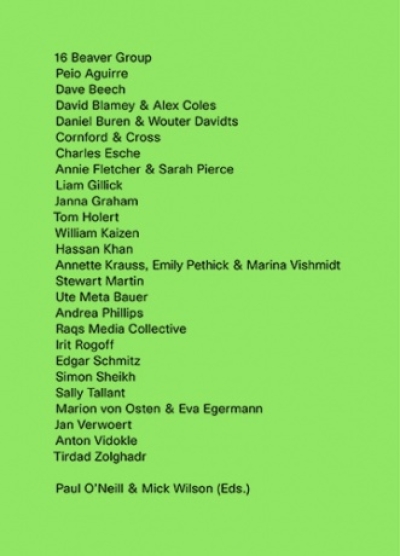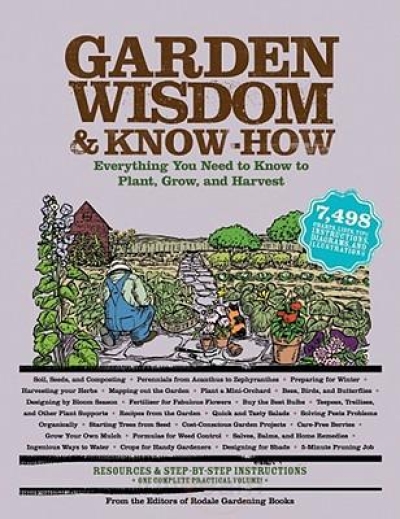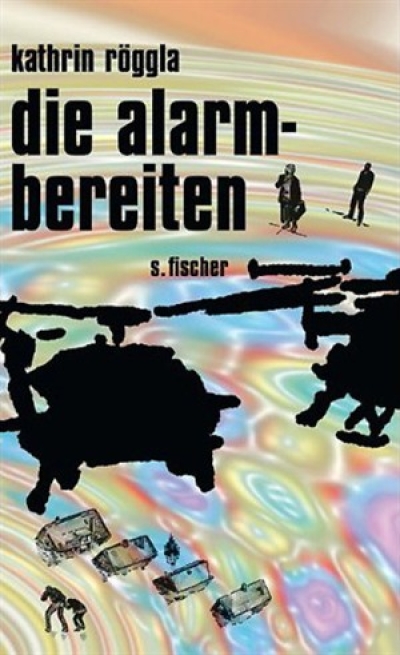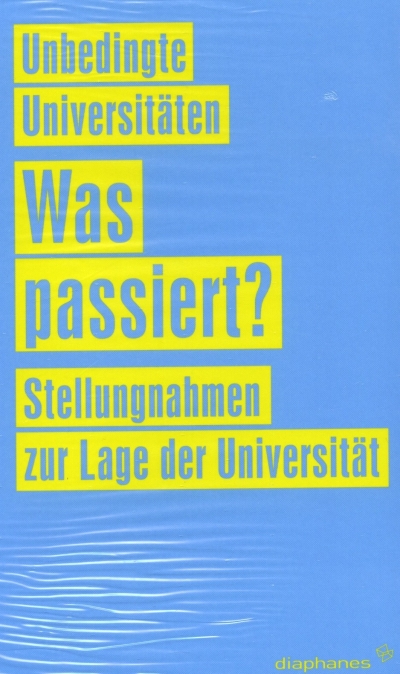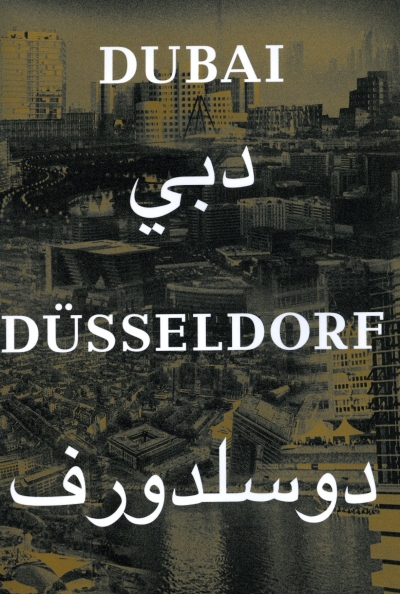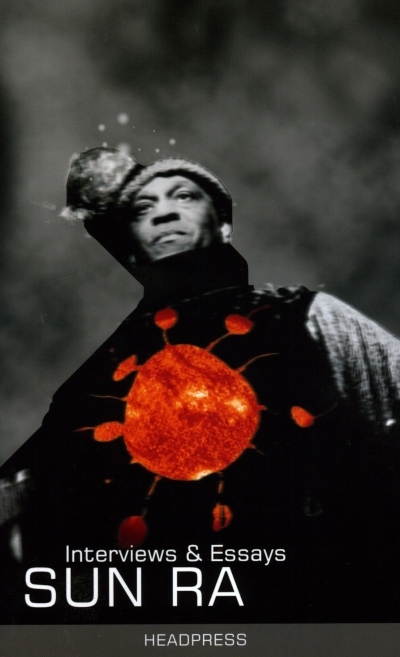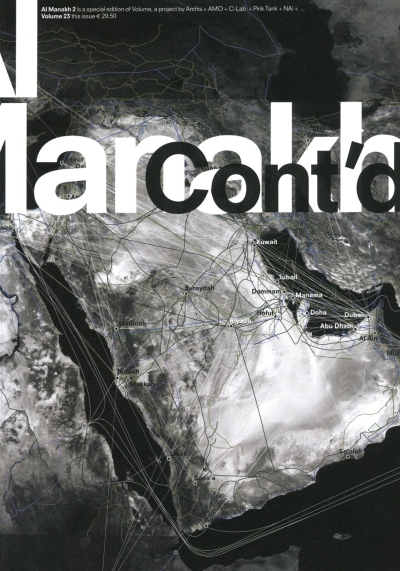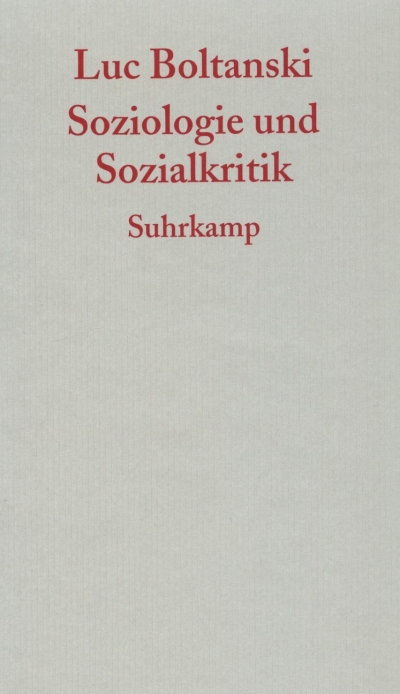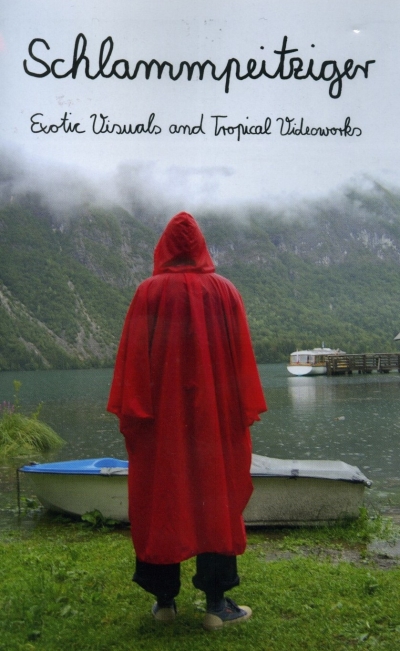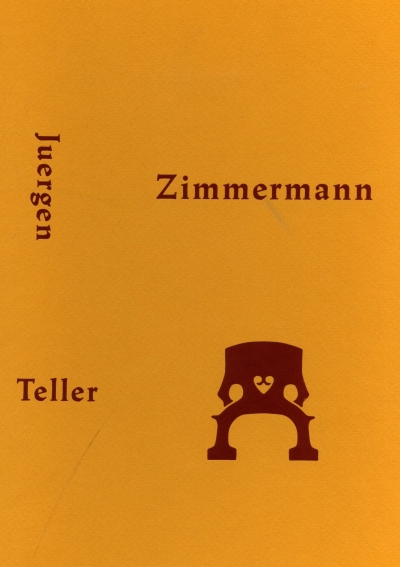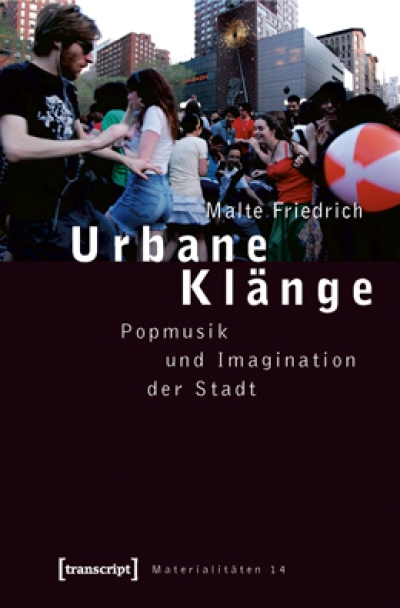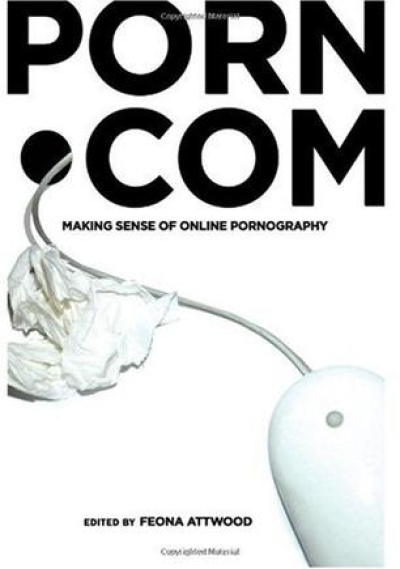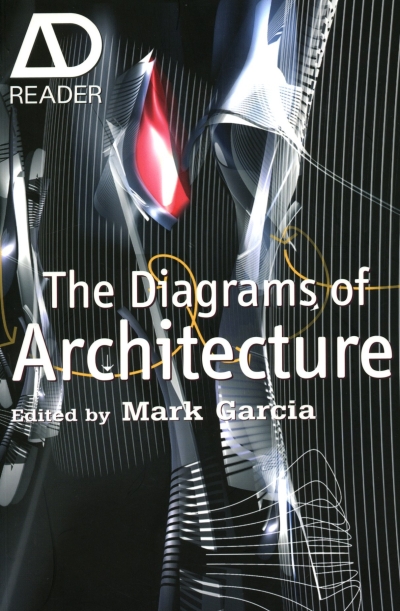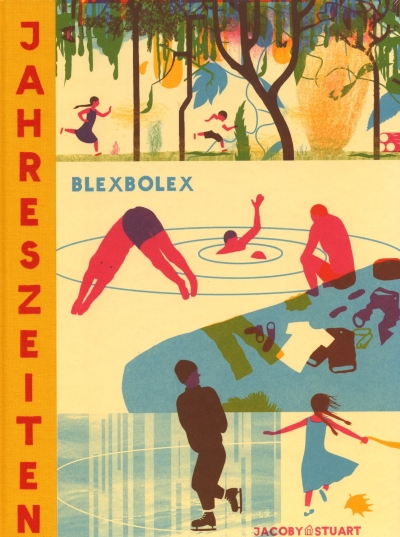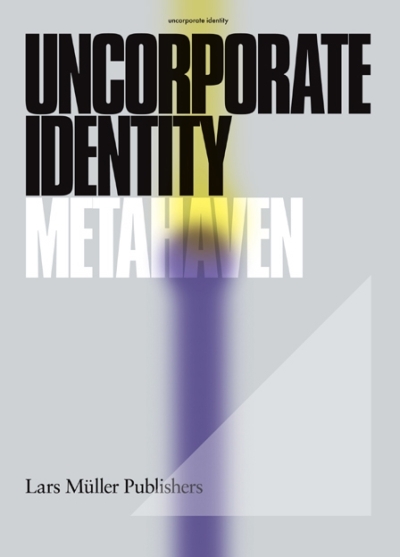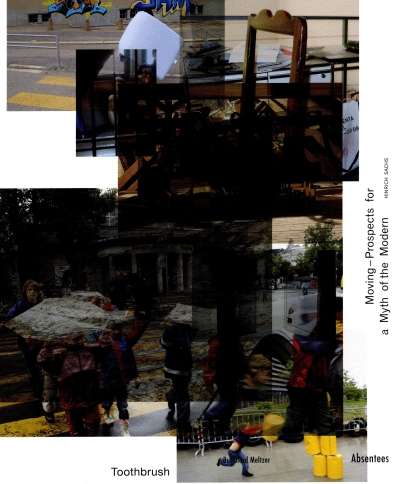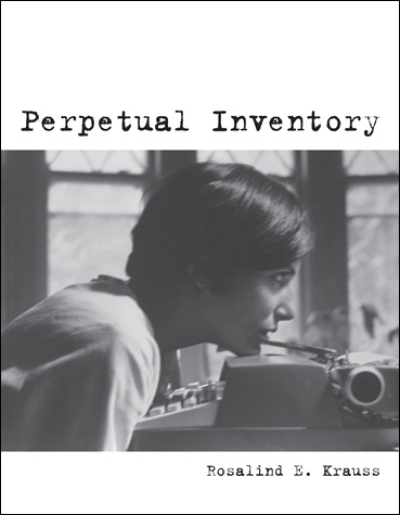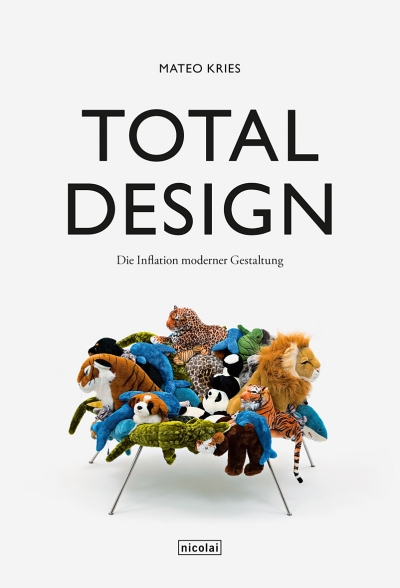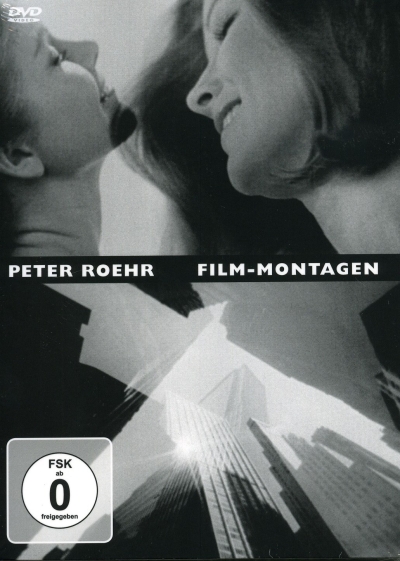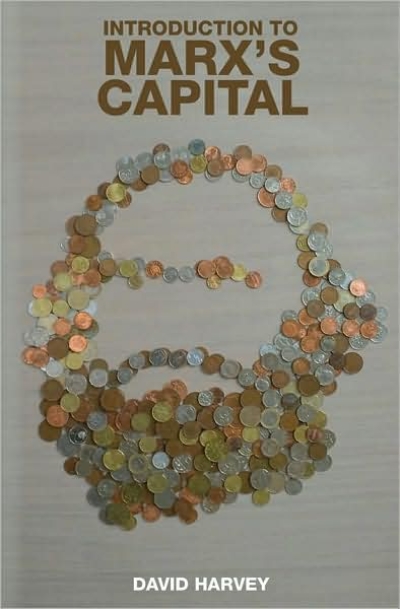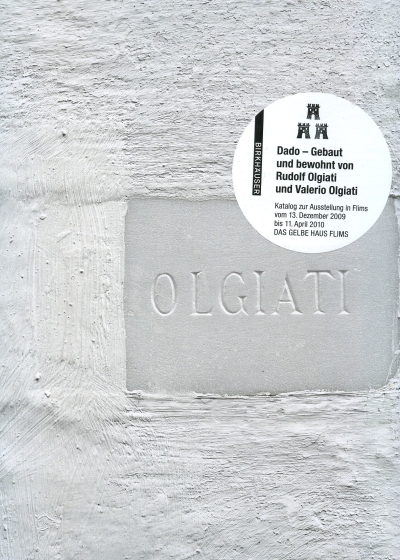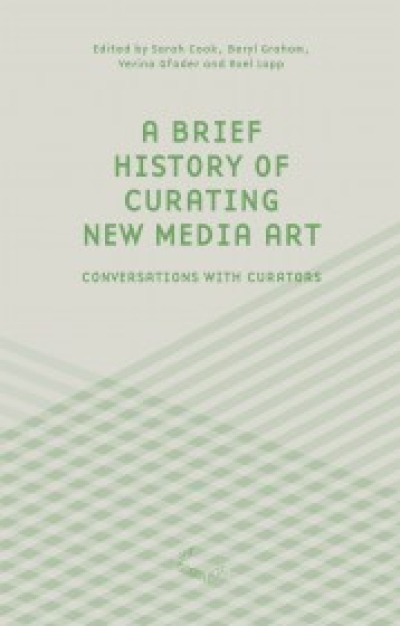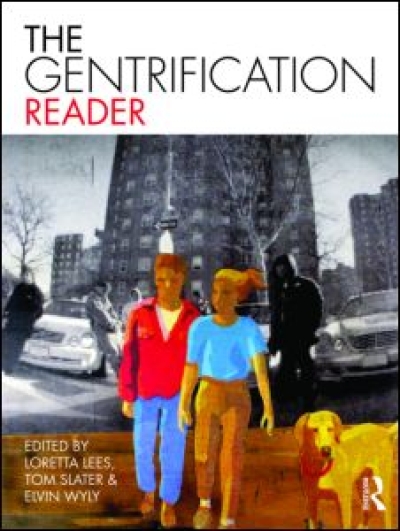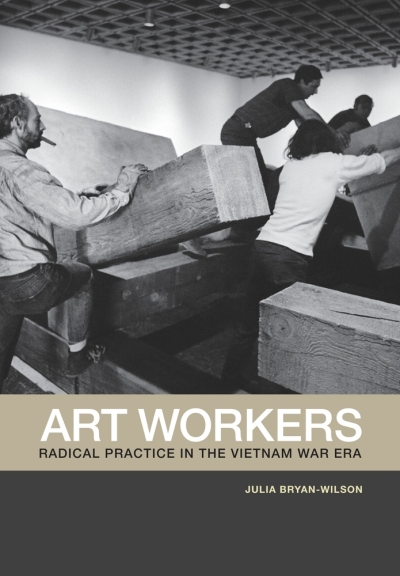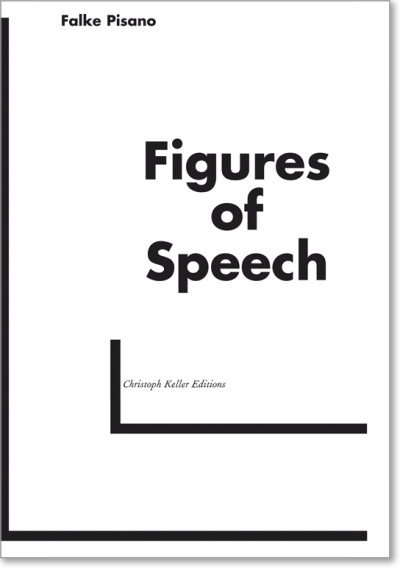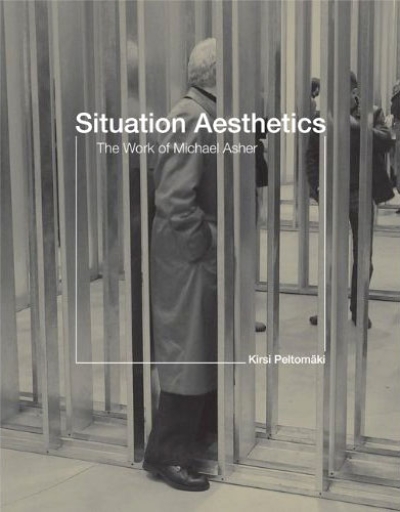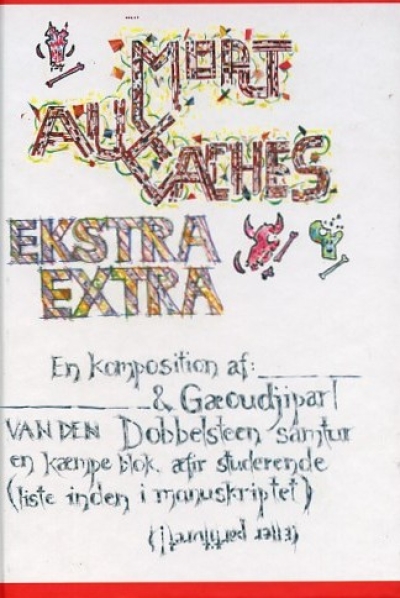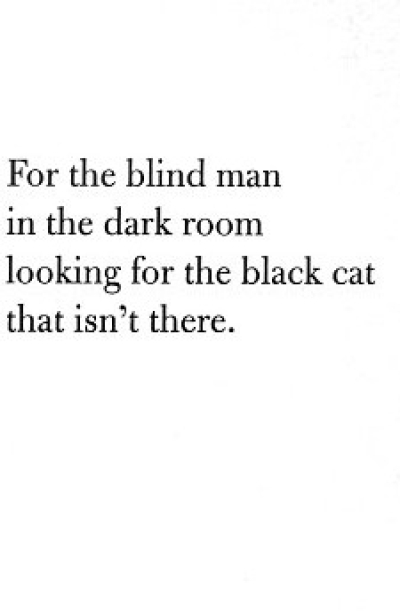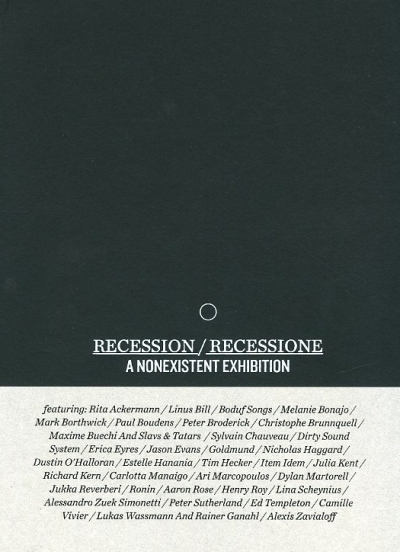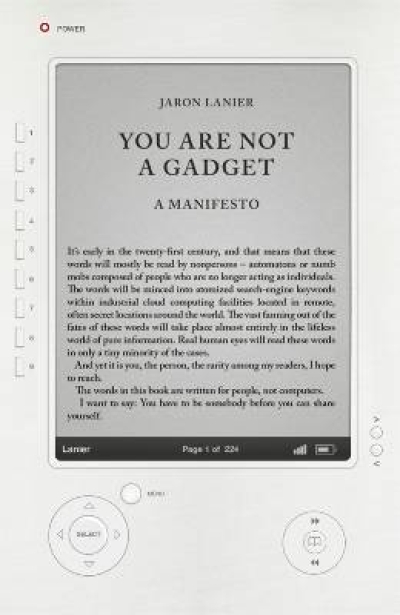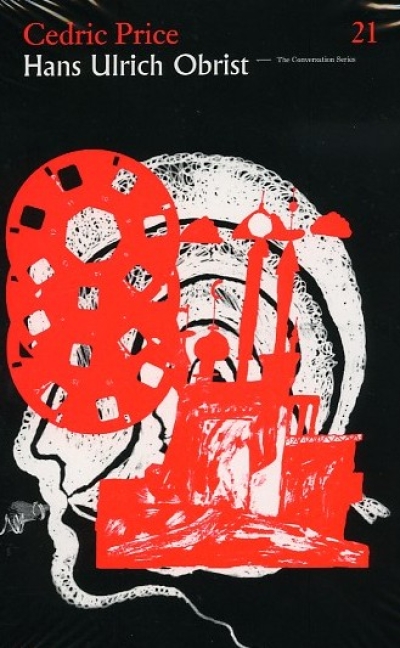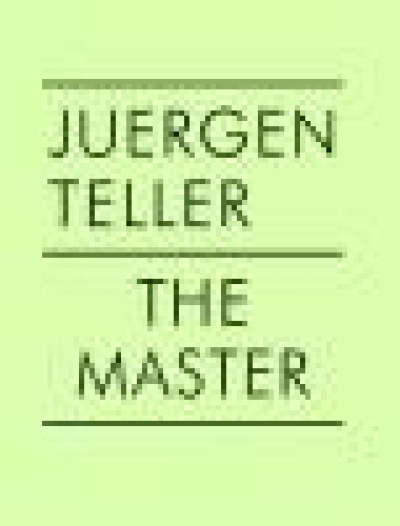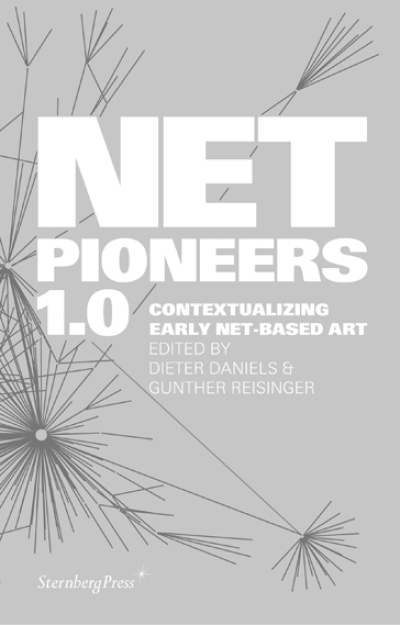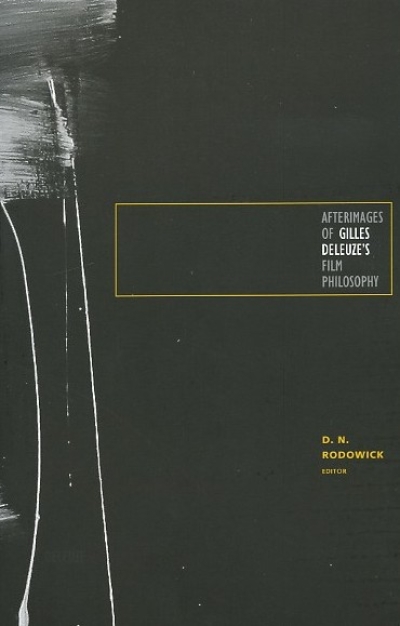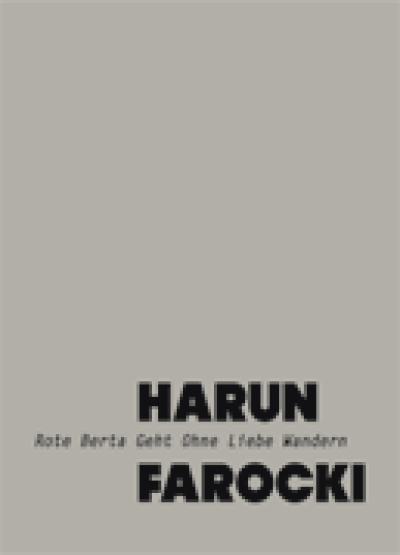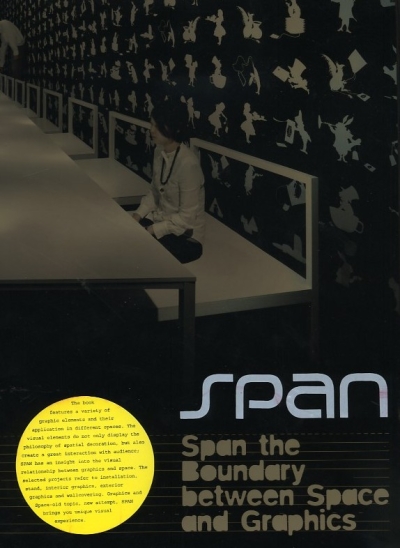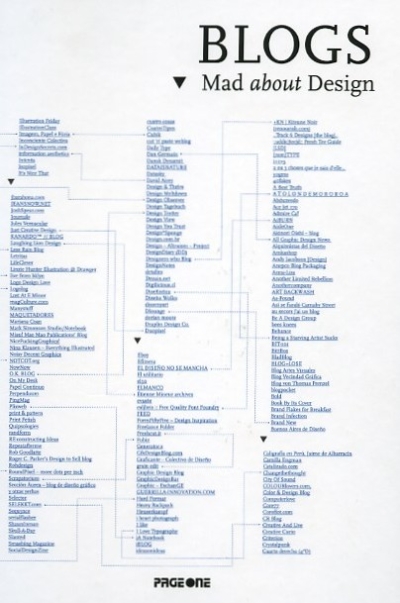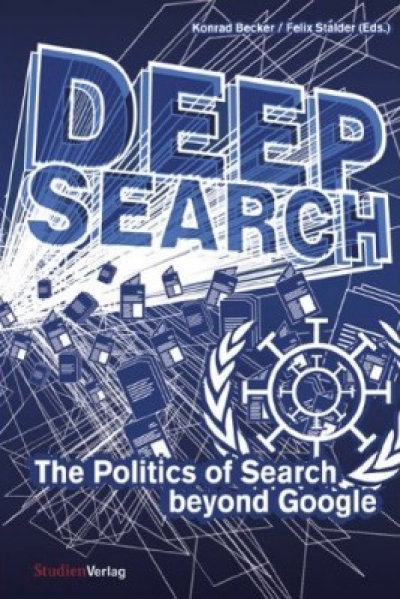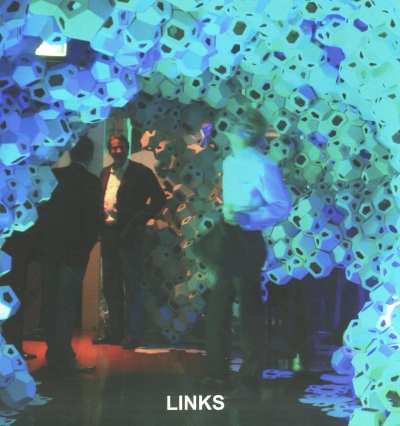
Jana Müller. Falscher Hase / Mock Rabbit
DE
Jana Müllers neues Künstlerinnenbuch Falscher Hase / Mock Rabbit beleuchtet zunächst die Verbrechensaufklärung in der ehemaligen Deutschen Demokratischen Republik (DDR) und bietet eine künstlerische Auseinandersetzung mit historischen Erzählungen und persönlichen Reflexionen sowie eine zeitgenössische Reise zu Tatorten beider Seiten der Welt. Mithilfe ihres umfangreichen Online-Archivs unter http://falscherhase. jana-mueller.de vertieft sich Müller in künstlerische Auseinandersetzungen rund um Verbrechen. Im Mittelpunkt der Recherche steht Müllers 86-jähriger Vater, ein ehemaliger Polizist mit Erfahrung in Mordfällen und Spionage im sozialistischen Deutschland. Trotz der offiziellen Leugnung von Kriminalität in der DDR teilt Müllers Vater Erkenntnisse aus seiner Vergangenheit.
Falscher Hase / Mock Rabbit stellt Gespräche zwischen der Künstlerin und ihrem Vater – begleitet von Fotodokumentationen und Textfragmenten aus Müllers Kindheitserinnerungen – neben historischen Dokumenten aus verschiedenen Archiven. Ein ausführliches Glossar erläutert Schlüsselbegriffe und liefert historische Zusammenhänge zur Kriminalitätsverwaltung in der DDR. Die visuelle Erzählung entfaltet sich durch eine Auswahl von Bildern, die von Archivbeweisen und Familienartefakten bis hin zu Tatortfotos reichen. Von besonderer Bedeutung ist die Aufarbeitung des berüchtigten „Kreuzworträtselfalls“, eines Mordes, der in den 1980er Jahren Halle/Neustadt in Atem hielt und Müllers Reise durch Sachsen-Anhalt (D) auslöste. Später weitet Müller den Umfang ihrer Recherchen insgesamt aus und reist unter anderem nach Christchurch (Neuseeland) auf der Suche nach Beweisen für weitere Straftaten. Die Fototheoretikerin Mira Anneli Naß steuert eine Analyse bei, in der sie Parallelen in der medialen Darstellung von Verbrechen in der (deutsch) - deutschen Geschichte im Vergleich zu Müllers fotoforensisch-künstlerischem Ansatz untersucht. In Anlehnung an die gestapelten Akten, in denen Müller ihre Recherchen durchführte, nutzt das Format des Buches Papiere in unterschiedlichen Farben und Größen, die präzise gebunden sind, um unterschiedliche Textkategorien widerzuspiegeln. Das aufgeschlagene Cover lädt den Leser in Müllers immersive Welt ein, während eine großformatige Postkarte einen Einblick in ihre ausgestellte bildbasierte Installation bietet. Im Mittelpunkt der Erzählung steht das Ritual, bei dem Müllers Vater bei ihren Besuchen Hackbraten kocht, was sowohl familiäre Wärme als auch die Komplexität seiner Figur symbolisiert und letztlich Falscher Hase seinen Titel verleiht.
Jana Müller ist eine in Berlin lebende Künstlerin, Forscherin, Kuratorin und Professorin an der Folkwang Universität der Künste in Essen.
http://jana-mueller.de
EN
Jana Müller’s new artist book, Falscher Hase / Mock Rabbit opens by shedding light on criminal investigations in the former German Democratic Republic (GDR), offering an artistic exploration of historical narratives and personal reflections and a contemporary journey to crime scenes on both sides of the world. Making use of her extensive online archive at http://falscherhase. jana-mueller.de, Müller delves into artistic discussions surrounding crime. At the core of the research is Müller’s 86-year-old father, a former police detective with first-hand experience in murder cases and espionage within socialist Germany. Despite the official denial of crime in the GDR, Müller’s father shares insights from his past. Falscher Hase / Mock Rabbit places conversations between the artist and her father - accompanied by photographic documentation and textual fragments from Müller’s childhood memories - alongside historical documents sourced from various archives. A detailed glossary elucidates key terms and provides historical context on the administration of crime in the GDR.
The visual narrative unfolds through a selection of images, ranging from archival evidence and familial artefacts to crime scene photographs. Of particular significance is the exploration of the infamous “crossword puzzle case”, a murder that transfixed Halle/Neustadt in the 1980s, prompting Müller’s journey through Saxony-Anhalt (D). Müller later expands the scope of her research overall, including a trip to Christchurch (NZ) in search of evidence of other crimes. Photo theorist Mira Anneli Naß contributes an analysis, examining parallels in media representations of crimes throughout the history of the two German states, compared with Müller’s photo-forensic-artistic approach. Taking reference from the stacked files within which Müller conducted her research, the book’s format makes use of papers of varying colours and sizes, precisely bound to reflect different categories
of text. The open cover invites readers into Müller’s immersive world, while a large-format postcard provides a record of her exhibited image-based installation. Central to the narrative is the ritual of Müller’s father cooking meatloaf during her visits, symbolising both familial warmth and the complexities of his character, ultimately lending Falscher Hase its title.
Jana Müller is a Berlin-based artist, researcher, curator and professor at the Folkwang University of the Arts in Essen.
http://jana-mueller.de








